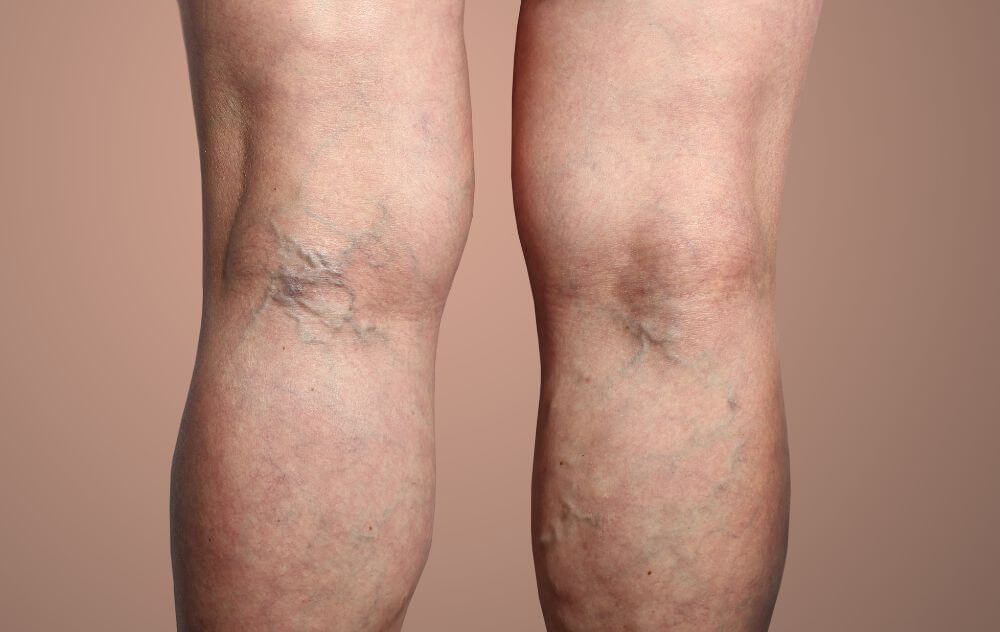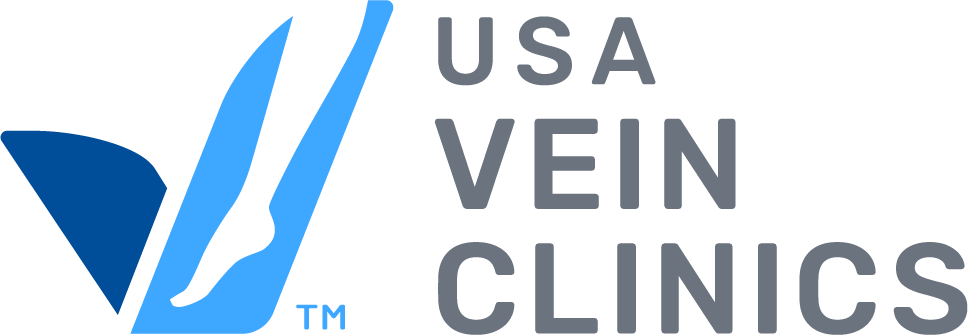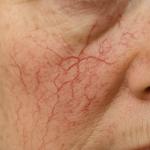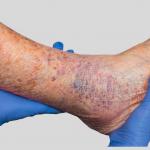
Do your legs often feel heavy, achy, or tired at the end of the day? Have you noticed bulging veins, skin discoloration, or swelling in your lower legs? You’re not alone. Millions of people deal with vein problems in their legs — some mild, some more serious. But the good news is, most of these conditions are treatable, especially when caught early.
In this blog, we’ll walk you through the most common vein issues affecting the legs, the signs to watch for, and what your treatment options might look like.
1. Varicose Veins
What are they?
Varicose veins are enlarged, twisted veins that typically appear on the thighs or calves. They’re often blue or purple and bulge under the skin.
Common symptoms include:
-
Visible, rope-like veins
-
Leg heaviness or fatigue
-
Throbbing or cramping at night
-
Itching or burning around the veins
What causes them?
Weakened vein valves and poor circulation. When valves don’t close properly, blood pools in the veins, causing them to stretch and swell.
Who’s at risk?
People who sit or stand for long periods, pregnant women, those with a family history, and anyone over 50.
2. Spider Veins
What are they?
Spider veins are small, web-like clusters of red, blue, or purple veins just beneath the surface of the skin. They’re more of a cosmetic concern, but they can be a sign of underlying vein disease.
Common locations:
Usually found on the thighs, calves, and ankles.
Do they hurt?
Not always, but some people report itching, burning, or leg discomfort.
3. Chronic Venous Insufficiency (CVI)
What is CVI?
This condition occurs when the veins in your legs can’t pump blood back up to your heart effectively. Over time, blood pools in the legs, leading to swelling and skin changes.
Signs of CVI include:
-
Swelling in the ankles or lower legs
-
Skin discoloration (brown, red, or purple)
-
Leg ulcers or slow-healing sores
-
Tightness or aching that worsens throughout the day
If left untreated, CVI can become serious — increasing your risk of skin infections or deep vein thrombosis.
4. Deep Vein Thrombosis (DVT)
What is it?
DVT is a blood clot that forms in a deep vein, typically in the leg. It’s a medical emergency and requires immediate attention.
Warning signs:
-
Sudden leg swelling (especially one-sided)
-
Pain or tenderness in the leg
-
Skin that feels warm to the touch
-
Red or discolored skin
If you suspect a DVT, seek emergency medical care right away, as the clot can travel to your lungs and cause a pulmonary embolism.
5. Leg Ulcers (Venous Stasis Ulcers)
What are they?
Open wounds on the leg or ankle that are slow to heal, often due to poor circulation or untreated CVI.
Signs include:
-
A shallow wound near the ankle
-
Leg swelling and tight skin
-
Discolored or hardened skin around the sore
Venous ulcers can take weeks or months to heal without proper treatment — and they often return if the underlying vein issue isn’t addressed.
How Are Vein Problems Diagnosed?
A vein specialist can perform a simple ultrasound scan to see how well your veins are functioning. This test is non-invasive and helps identify the root cause of your symptoms.
Treatment Options
Thanks to advancements in vascular care, most vein problems can be treated with minimally invasive outpatient procedures. These include:
-
Endovenous Laser Therapy (EVLT)
-
Radiofrequency Ablation (RFA)
-
ClariVein®
-
Varithena® foam treatment
-
Sclerotherapy (for spider veins)
These treatments require no hospital stay, offer fast recovery, and can significantly improve your comfort, appearance, and quality of life.
When Should You See a Vein Specialist?
If you’re dealing with any of the following, it’s time to schedule a consultation:
- Persistent leg pain or swelling
- Noticeable varicose or spider veins
- Skin changes on your legs or ankles
- Sores or ulcers that won’t heal
- Achy, heavy legs — especially after standing or sitting
In Conclusion
Ignoring vein problems won’t make them go away — but early treatment can. Whether you’re struggling with cosmetic concerns or chronic discomfort, help is available. Don’t wait until symptoms worsen. Take the first step toward healthier legs today.





